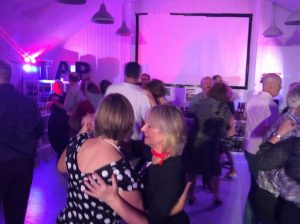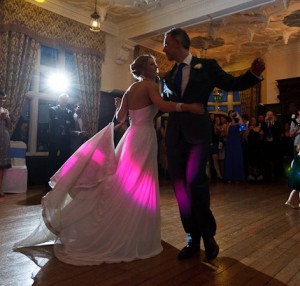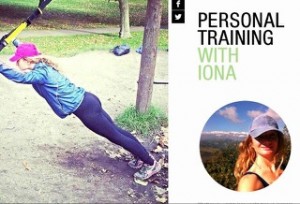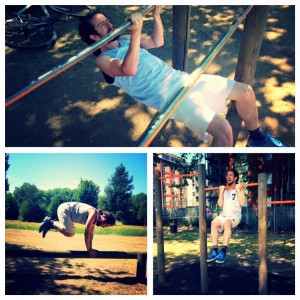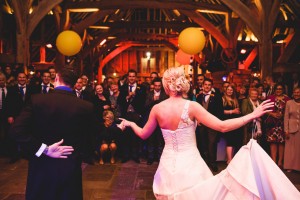
Plan your first wedding dance in advance
I’m a glass half full kind of person, so to put a twist on the age old saying this is my version:
Succeed in your planning and expect success. Simple. I’m sure this resonates with your wedding planning through and through. Ultimately we all want to look and feel great and confident on our special day and no doubt you’ll have started planning your fitness schedule. If having first dance lessons is also somewhere on your to do list, because you want to achieve a little more than just a predictable shuffle round the floor, move it forward in your planning now and give it the same priority ranking as your fitness plan!
Practice makes Permanent
I’ve refrained from using the other well know phrase; ‘practice makes perfect’. The Love of Dance teachers try to release pressure for couples by reminding them that the first dance should be about having fun and relaxing. Leave the perfection to the ones who are going to be judged at international dance comps…unless that is what you are aspiring to, then who are we to stop you?
I do recommend aiming for permanence though. Whilst first dances don’t need to be physically demanding, our bodies need time to absorb movement information into the muscle memory. You’ll have no trouble picking up movement sequences, but that beautiful Rogers and Astaire posture and grace we see from ballroom dancers doesn’t happen after a couple of lessons. It is practised to become second nature so that by the time you reach your first dance moment your steps will feel more natural and you certainly won’t be concentrating on posture any more. Get in the habit of holding yourself tall and your guests will be so blown away by the confidence you omit, they won’t care what your feet are doing!
Similarly, as much as some may like to think they are John Travolta on the dance floor on a Saturday night, as a professionally trained dancer, I know the process our brains and bodies go through to really give a confident and relaxed, rehearsed performance.
Performance: It’s a big word I know, but don’t let that put you off. As you will be dancing in front of your adoring public (friends and family!) throughout your first dance, for around 2 minutes of your lives, you will effectively be ‘performing’! Start working on your first dance in advance, if you want to start to hardwire the posture, steps and confidence into your muscle and cognitive memory. The further in advance you start practice, the more confident you will feel during the dance. (Blog to follow on tips to prepare for, and relax during your first dance).
Give it time
Without the luxury of a lot of time on our hands amongst busy schedules we appreciate it isn’t maybe feasible to have weekly dance lessons, and you may find in the early days you can only fit in one lesson per month…but closer to your big day, your schedule is going to be squeezed even further. Brains can only retain a certain amount of information pumped into them when only given short periods of time to learn dance. This then has to soak into the muscle memory before the rest just starts dropping out the other ear.
Practising over a longer period however will ensure the cerebellum (the part of the brain that controls movement) has time to remember different bits of information and start piecing together the jigsaw of the different skills needed to be able to dance e.g. the steps, the posture, the leading/following of the partner. This article explains how we make movement intuitive and permanently fixed in our psyche, so we can relax as those dance steps and strong posture start feeling like second nature. (ironically called practice makes perfect!). No. 1 Reason Why Practice Makes Perfect. This article talks about the benefits of learning over a period of time: The Science Behind How We Learn New Skills
Scheduling your first dance lessons?
By starting earlier there won’t be any last minute panic, stressful, ‘shotgun’ wedding dance lessons, which we see quite often and clients leave maybe even a little less confident about dancing than when they first started. Try reversing the shotgun schedule: more frequent lessons at the start, no less than 4 months in advance. This will mean that wedding planning mania sets in closer to the event, whilst your mind is working overtime thinking of everything else you need to be doing, you only need to manage some last minute polishing and rehearsal sessions with a more relaxed frame of mind.
So remember: plan ahead and plan for first wedding dance success. It’s failsafe.
Further reading
More about the logic behind practice here: The Science Of What Happens When You Learn
